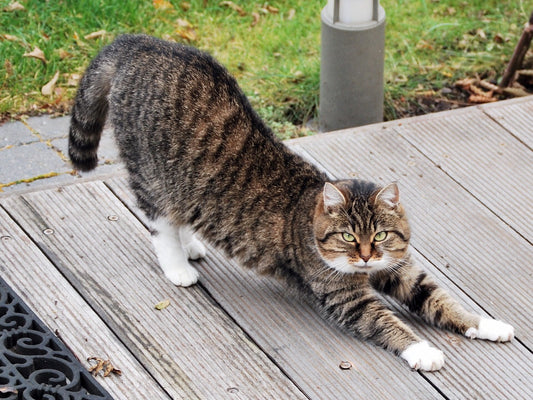
The effect of walking backwards on knee health
Međimurski cekerWalking or running backwards in safe conditions can have a positive impact on knee health and contribute to their stability and functionality, but this depends on several factors.
Impact on knee health
The effect of walking or running backwards on knee health:
- Strengthening the muscles around the knees: Walking or running backwards engages the muscles of the front of the thighs (quadriceps) and the back of the thighs (biceps femoris and semibiceps). Strengthening these muscles can provide better support to the knee and reduce stress on the joint itself.
- Improve balance and coordination: Walking or running backwards requires better coordination and balance because you are moving in the opposite direction. This can help develop knee stability and reduce the risk of injury.
- Reducing the risk of overuse: Walking or jogging backwards can provide variety in exercise and reduce the risk of overuse of the knee. If you regularly run forwards, running backwards can reduce the load on certain areas of the knee that are often prone to injury.
- Maintain mobility: Walking or running backwards can help maintain full range of motion in the knees and prevent them from becoming cramped or stiff.
Notes
However, it is important to note that it is crucial to perform backwards walking or jogging with caution and on safe surfaces to avoid injury. Falls and collisions with obstacles can cause knee injuries.
Also, if you already have knee injuries or other health problems, it's important to consult a doctor or physical therapist before starting this activity to ensure it's safe for your specific conditions.
Conclusion
In conclusion, walking or running backwards in safe conditions can contribute to improving knee health by strengthening muscles, improving balance and coordination, and reducing the risk of overuse.
However, it is important to do it correctly and carefully to avoid injury.








































































